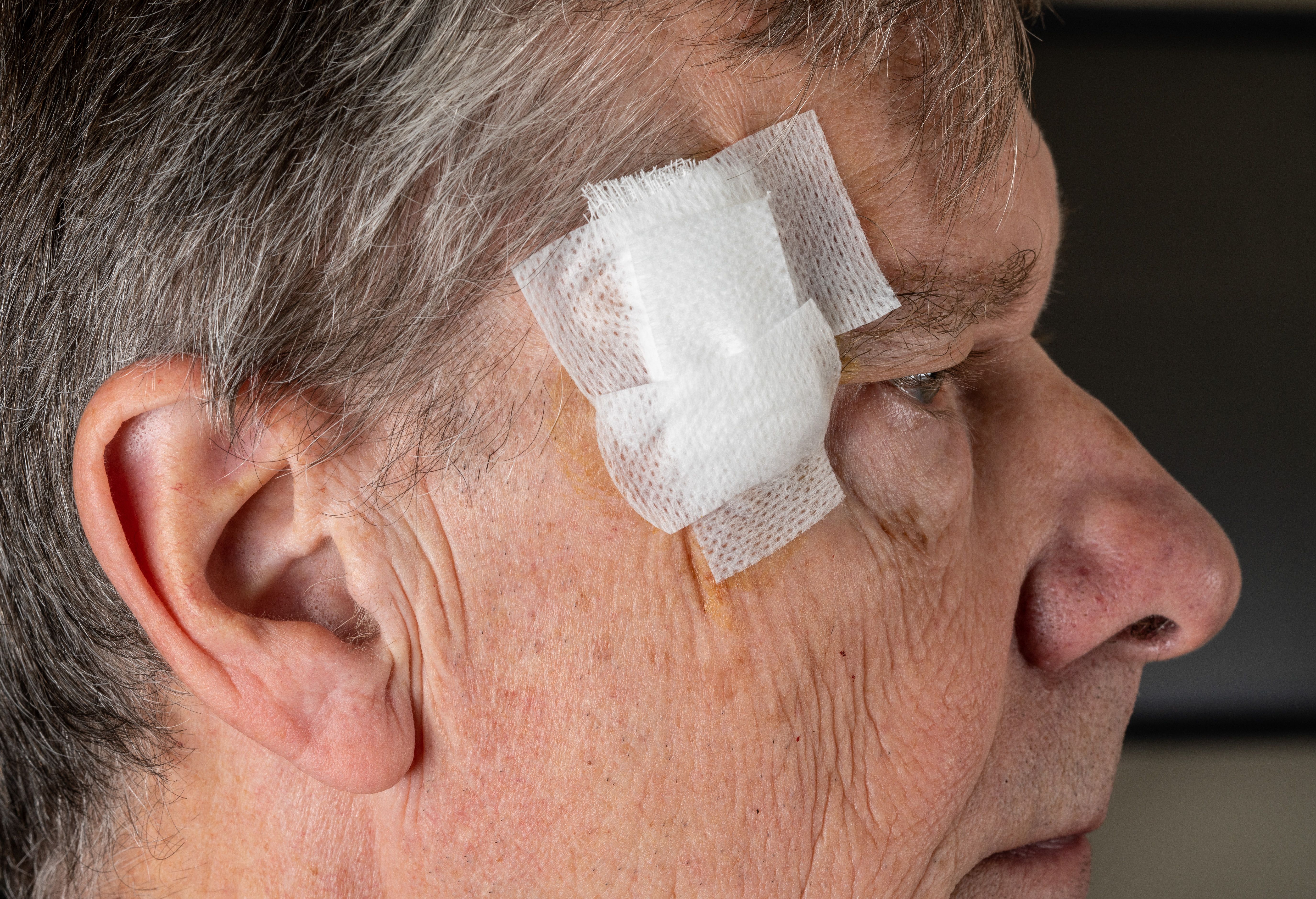- Case-Based Roundtable
- General Dermatology
- Eczema
- Chronic Hand Eczema
- Alopecia
- Aesthetics
- Vitiligo
- COVID-19
- Actinic Keratosis
- Precision Medicine and Biologics
- Rare Disease
- Wound Care
- Rosacea
- Psoriasis
- Psoriatic Arthritis
- Atopic Dermatitis
- Melasma
- NP and PA
- Skin Cancer
- Hidradenitis Suppurativa
- Drug Watch
- Pigmentary Disorders
- Acne
- Pediatric Dermatology
- Practice Management
- Prurigo Nodularis
- Buy-and-Bill
News
Article
Study Highlights Image-Guided Superficial Radiation Therapy as a Viable First-Line Treatment for Nonmelanoma Skin Cancer
Author(s):
Key Takeaways
- IGSRT for nonmelanoma skin cancer shows consistent recurrence rates regardless of socioeconomic status or comorbidity burden.
- The study highlights disparities in access to dermatological radiation therapy, with urban areas having greater access than rural regions.
Study author Erin McClure, MD, discusses how IGSRT offers consistent NMSC recurrence rates across socioeconomic and comorbidity factors, reinforcing its role as a first-line treatment.
The Dermatology Association of Radiation Therapy (DART) recently announced the publication of the first large retrospective cohort study evaluating the impact of neighborhood-level socioeconomic deprivation and patient-level comorbidities on freedom from recurrence following image-guided superficial radiation therapy (IGSRT) for nonmelanoma skin cancer (NMSC).1
The study, published in Cancers,2 found that these factors did not significantly impact recurrence rates, reinforcing IGSRT as a viable treatment option for patients who cannot or choose not to undergo surgery.
The study’s results indicate that freedom from recurrence remains consistent across different levels of neighborhood deprivation and patient comorbidity burdens. Over 2-, 4-, and 6-year follow-up periods, no significant variation was observed in recurrence rates based on these factors.
Dermatology Times spoke with Erin McClure, MD, a first-year resident in a transitional year program at Geauga University Hospitals, who will begin her dermatology residency at Oregon Health and Science University in July. McClure has been engaged in IGSRT research for several years and expressed enthusiasm about the growing field.
"This is an area I'm very excited about," she said.
McClure noted that the study aimed to address a gap in the literature. "There weren't any other studies on how comorbidities or socioeconomic status impact outcomes following IGSRT on nonmelanoma skin cancers,” she said.
Given that the median age of the cohort was 75—older than the national average age of 70 for an NMSC diagnosis3—the study examined whether comorbidity burden affected treatment outcomes. "Older patients tend to have more comorbidities, so we wanted to see how comorbidity burden impacted outcomes from treatment with IGSRT," she explained.
Previous studies have shown that lower socioeconomic status (SES) can negatively impact cancer treatment outcomes due to a variety of factors.4 "SES is complex and interacts with comorbidities with respect to patient outcomes," McClure said.
Additionally, the research highlights disparities in access to dermatological radiation therapy, particularly between urban and rural areas. Nearly three-quarters of the study’s cohort resided in metropolitan areas with populations exceeding 250,000, suggesting that patients in urban regions have greater access to IGSRT.
“We do tend to see higher UV exposure in more rural populations, which leads to increased risk of skin cancer, and there's a lower density of dermatologists out in rural areas, so there's reduced access to care,” she noted.
Despite these variables, the study’s findings indicated that neither socioeconomic status nor comorbidity burden significantly affected patient outcomes with IGSRT.
McClure emphasized that IGSRT has the potential to enhance access to dermatologic care.
"I think one of the exciting things of this technology is its ability to improve access for patients,” she said, clarifying that IGSRT is not meant to replace Mohs surgery." I don't think IGSRT should be viewed as a competitor to Mohs surgery. Rather, it can be used alongside Mohs surgery. This just increases access patients would have to care."
One of the most significant advantages of IGSRT, according to McClure, is that it empowers patients with choice.
"For decades, both nonmelanoma skin cancers, with the exception of small or thin basal cell carcinomas, really only had one treatment option, which is surgery. But now, patients have access to a non-surgical option with a similar cure rate to surgery,” she said. “This is really big for people who prefer to avoid surgery or are not good surgical candidates."
"The big takeaway is: IGSRT is not going to replace surgery, but it's an additional first-line tool for the dermatologist’s tool belt,” McClure concluded.
References
- Medical journal Cancers reports that with image-guided SRT, nonmelanoma skin cancer freedom from recurrence does not significantly vary by neighborhood socioeconomic status or comorbidity burden. News release. PR Newswire. January 23, 2025. Accessed January 30, 2025. https://www.prnewswire.com/news-releases/medical-journal-cancers-reports-that-with-image-guided-srt-nonmelanoma-skin-cancer-freedom-from-recurrence-does-not-significantly-vary-by-neighborhood-socioeconomic-status-or-comorbidity-burden-302358831.html
- Ma L, Digby M, Wright K, et al. The impact of socioeconomic status and comorbidities on non-melanoma skin cancer recurrence after image-guided superficial radiation therapy. Cancers (Basel). 2024;16(23):4037. Published 2024 Dec 1. doi:10.3390/cancers16234037
- Dacosta Byfield S, Chen D, Yim YM, Reyes C. Age distribution of patients with advanced non-melanoma skin cancer in the United States. Arch Dermatol Res. 2013;305(9):845-850. doi:10.1007/s00403-013-1357-2
- Li S, He Y, Liu J, et al. An umbrella review of socioeconomic status and cancer. Nat Commun. 2024;15(1):9993. Published 2024 Nov 18. doi:10.1038/s41467-024-54444-2






